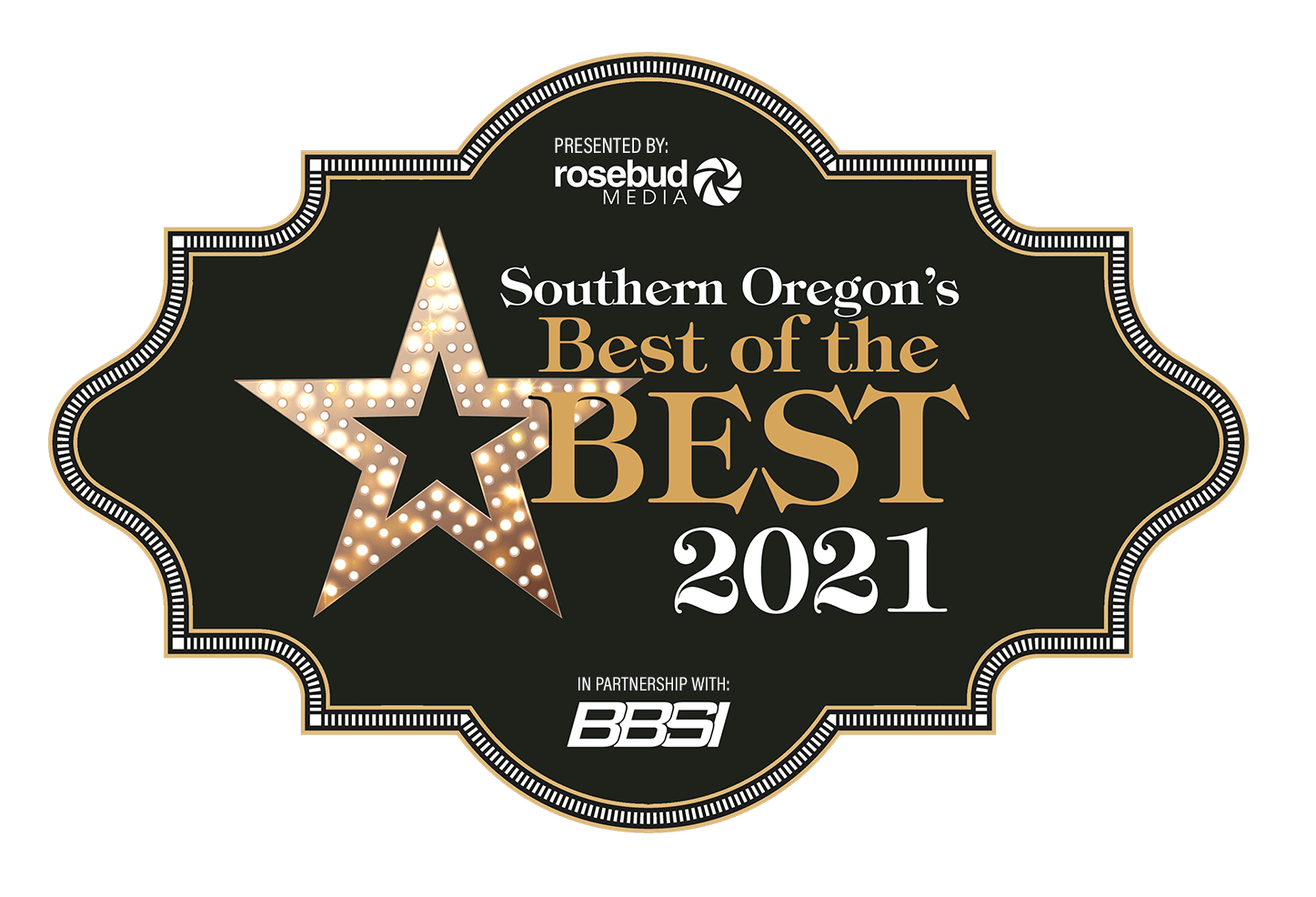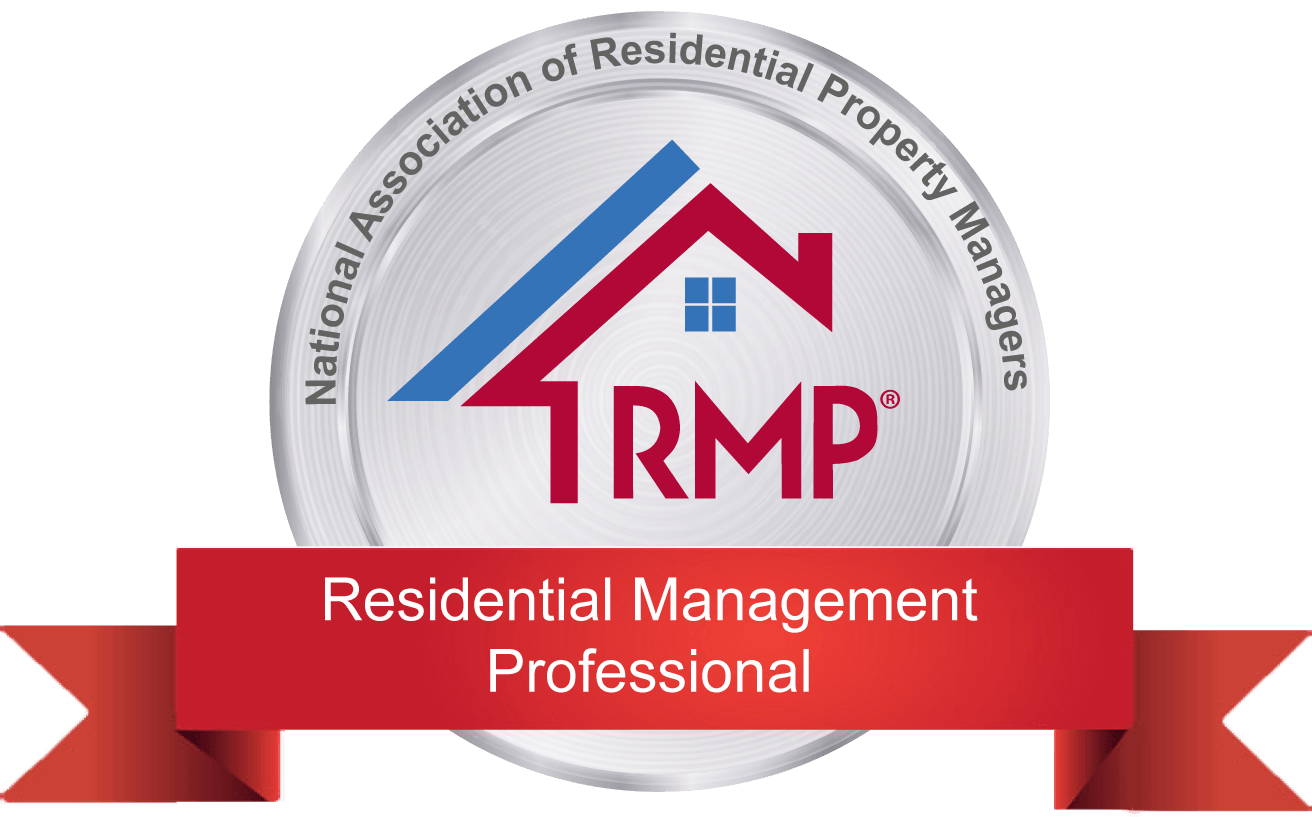Avoiding Legal Pitfalls: Good Faith and Proper Notice in Oregon Landlord-Tenant Law
Oregon Landlord-Tenant Law Series – Part 1
Managing rental property in Oregon means more than just collecting rent and fixing leaky faucets. It means understanding strict landlord-tenant laws.
Two of the most important concepts you need to understand are:
1. The obligation of good faith
2. Proper service of legal notice
These two principles show up in nearly every rental dispute, eviction, and court case. Here we break them down to help you protect your investment—and stay out of legal hot water.

⚖️ Legal Remedies and Good Faith: What Oregon Law Expects of Landlords
ORS 90.125 – Enforcement and Damages
This statute gives both landlords and tenants the right to seek compensation if the other party
violates Oregon’s rental laws. However, there’s a key requirement:
You must try to mitigate damages.
If a tenant vacates early, for example, they can be held responsible for rent until the unit is re-
rented. However, you must actively try to re-rent the unit rather than waiting out the lease and
demanding full payment.
ORS 90.130 – Obligation of Good Faith
Every lease, notice, conversation, and enforcement action must be handled in good faith -
Courts often weigh your intent as heavily as your actions and Landlords have a legal requirement
for fairness, honesty, and reasonableness
Failing to act in good faith—even if technically within your rights—can cost you. This includes:
Sneaking prohibited clauses into a lease
Delaying repairs to pressure a tenant
Issuing a notice without giving a fair opportunity to comply
Good faith is the baseline expectation in every landlord-tenant interaction.
Serving Legal Notice: Do It Wrong, and You Could Lose Your Case
Oregon law is very specific about how notices must be delivered—and getting it wrong can
invalidate your termination or eviction process.
ORS 90.150 – 90.160: Notice Requirements These sections explain the proper methods for
delivering legal notice and how to calculate deadlines. Notices can often be served via:
Personal delivery
First-class mail
Post-and-mail (posting a notice on the door AND mailing a copy)
Important:
If you don’t serve a notice correctly, the tenant may have an automatic defense against
eviction—even if they were otherwise in the wrong.
Notice Periods Must Match the Situation
The number of days you must give depends on the type of notice:
72-hour notice for non-payment of rent
10-day notice for certain payment issues
30- or 90-day notice for no-cause or landlord-cause terminations
Each notice has different rules. Make sure you’re using the right one and calculating dates
correctly—especially around holidays or weekends.
Bottom Line: Play It Straight, Play It Smart
The two fastest ways landlords in Oregon land in legal trouble?
1. Acting in bad faith
2. Serving notices improperly
Before taking any action:
Ask yourself if you& are being fair and acting in good faith
Triple-check the type of notice and how you are delivering it
Document everything clearly and keep copies
Coming Up Next:
Deposits, Screening Fees, and Move-In Charges—What You Can (and Can’t) Collect from
Tenants
We’ll cover screening fee regulations, deposit-to-hold rules, and how to legally handle security
deposits to avoid penalties.
Subscribe to our updates or bookmark the blog: https://www.sterlingwestrentals.com/blog
Questions about compliance? Contact Sterling West Property Management—we’re here to help
Share this post










